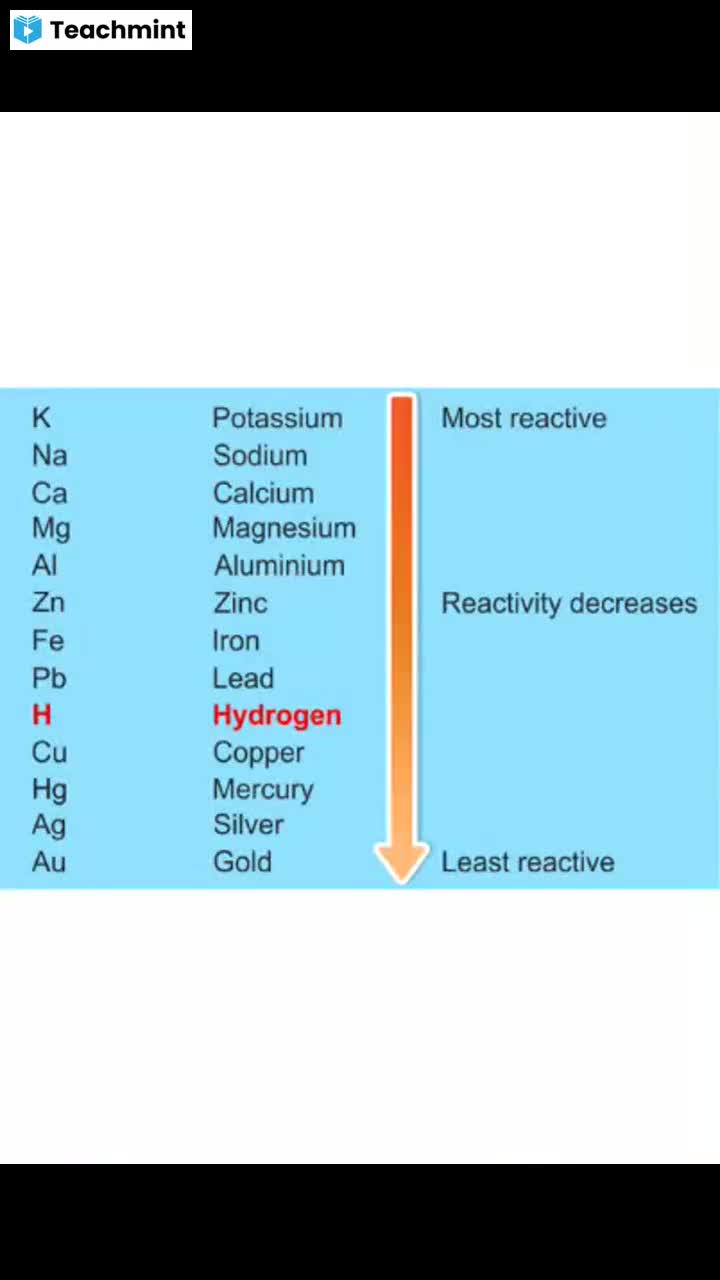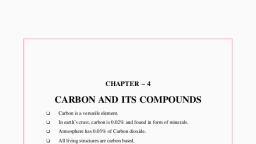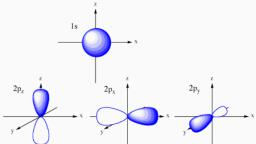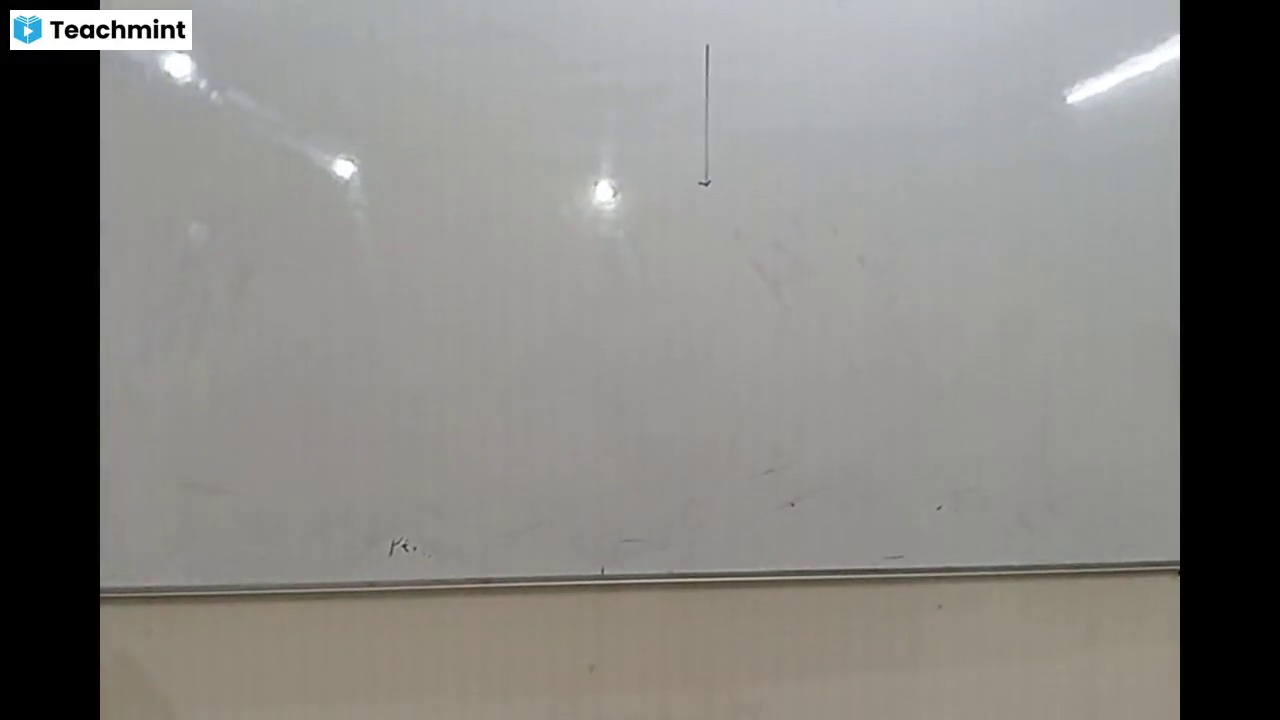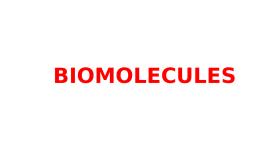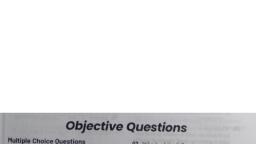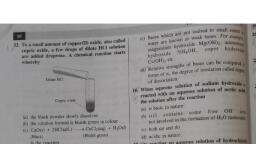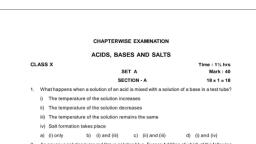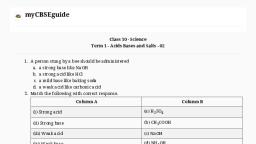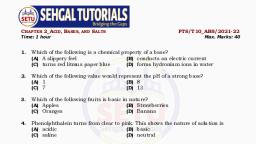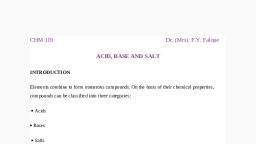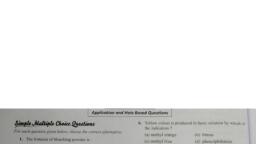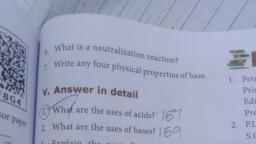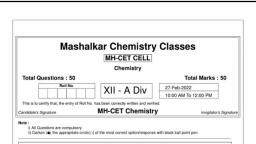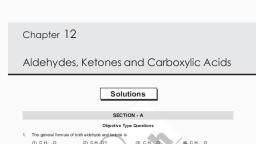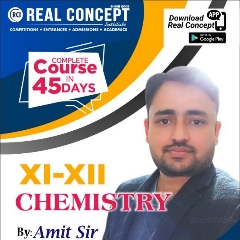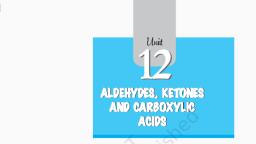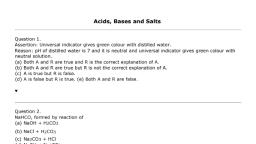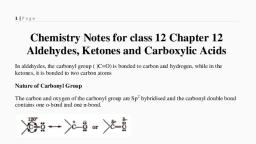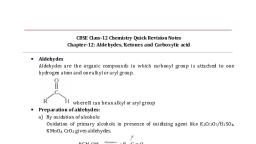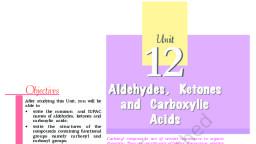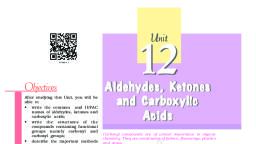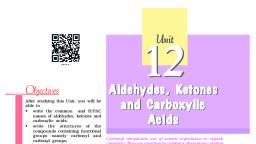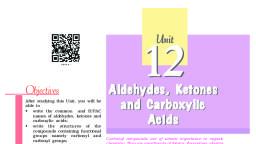Page 1 :
PAL SIR'S, , INTEGRITY, , Cs ee Se, , , , SCHOOL STUDIES, , o, , fy eelacation, , FOUNDATION | OLYMPIADS, , CHAPTERWISE PRACTICE PAPER, , (ACADEMIC SESSION 2021-22), , , , , , PLEASE READ THE FOLLOWING INSTRUCTIONS CAREFULLY, , , , , , All questions are compulsory, There is no negative marking., Total number of questions are 40 for this paper. All questions carry one mark each,, , Candidates are not permitted to leave the examination before the completion of the examination, , schedule., , , , , , Tick (“) the correct choice amongst the following:, , 01., , 02., , 03., , 04,, , ONLY ONE OUT OF FOUR OPTIONS IS CORRECT, , Which of the following is a strong acids., 2) Ascorbic acids, 4) Formic acids, , 1) Lactic acids, , 3) Sulphuric acids, is used for softning of hard water., , 1) Sodium sulphate 2) Sodium carbonate, , 4) Sodium chloride, , Baking powder contain, baking soda and ..., , 3) Sodium oxides, , 1) Potassium hydrogen tartarate, 2) Calcium bicarbonate, , 3) Sodium Carbonate, , 4) Vinegar, , Which of the following is not a strong base., 1) KOH 2) NH,OH, 3) Ba(OH), 4) NaOH, , Goal + Hard Work with Con, , , , 05., , 06., , 07., , 08., , 09., , Choose the odd one out., 1) Stearic acid., 3) Boric acids, , 2) Formic acid, 4) Maleic acids., , Soaps are water soluble sodium salts, of., , 1) Mineral acid, , , , 2) Fatty acid, , 3) Bases 4) Carbonic acids., Brine is an aqueous solution of, , 1) Nacl 2) Kel, , 3) Hel 4) All of these, C,H,ONa isa __ in C,H,OH, , 1) Strong base, 3) Weak acids, , 2) Strong acids, , 4) Weak base, , An aqueous solution of ammonia consist of, 1) H° 2) OH, , 3) NH, 4) NH} and OH, , tency & Proper Guidance = Succe
Page 2 :
10., , 1., , 12., , 13., , 14., , 15., , Practice Paper Ot, , , , Which of these are not acidic in nature., , i) Egg white ii) Rain water, iii) Bleach iv) Blood, v) Vinegar, , 2) ii, v, , 4) all are acidic, , An element ‘X’ reacts with dilute solution, H,SO, as well as with NaOH to produce salt, and hydrogen gas. which of the following, statement hold true for this reaction., , i) X is an electropositive element, , ii) Oxide of ‘X’ is basic in nature, , iii) Oxide of ‘X' is acidic in nature, , iv) ‘X’ is an electronegative element., , 1) i, ii iii 2) i, ii, iv, , 3) i, ii, iv 4) ii, iii, iv, , Which of the following salts doesnot contain, water of crystallisaiton., , 1) Blue vitrol 2) Baking soda, , 3) Washing soda 4) Gypsum., , Sodium carbonate is a baisc salt because it is, a salt of, , 1) Strong acid and strong base,, , 2) Weak acid and weak base, , 3) Strong acid and weak base, , 4) Weak acid and strong base, , An aqueous solution turns red litmus, , solution blue. Excess addition of which of the, following solution would reverse the change., , 1) Baking soda, , 2) Lime, , 3) Ammonium hydroxide solution, 4) Hydrochloric acid,, , What happens when a solution of an acid is, mixed with a solution of base in a test tube?, , i) Temperature of the solution increases, ii) Temperature of the solution decreases., , iii) Temperature of the solution remains same., iv) Salt formation takes place., , 1) ionly 2) iand iii, 3) ii and iii 4) iandiv, , , , 16., , 17., , , , The pH of gastric juices released during, digestion is, , 1) Less than 7 2) More than 7, , 3) Equal to 7 4) Equal to zero, Which of the following the correct increasing, order of acidic strength., , 1) Water < acetic acid < hydrochloric acid, , 2) Water < Hydrochloric acid < acetic acid, , 3) Acetic acid < water < hydrochloric acid, , 4) Hydrochloric acid < water < acetic acid, , , , , , , , , , , , , , , , , , , , , , , , 18. Match the chemical substances given in, column ‘A’ with their approprite application, in Column ‘B’., Column-I Column-I, a) | Bleaching powder i) __| Preparation of glass, b) | Baking soda ii) | Production Ho and Cly, ¢) | Washing soda iii) | Decolourisation, d) | Sodium chloride iv) | Antacid, 1) A-ii, B-i, C-iv, D-iii_ 2) A-iii, B-ii, C-iv, D-i, 3) A-iii, Beiv, C-i, D-ii 4) A-ii, B-iv, C-i, D-iii, 19. Which of the following substance will not, give carbon dioxide on treatment with dilute, acid., 1) Marble 2) Limestone, 3) Baking soda 4) lime, 20. Which of the following present in a dilute, aqueous solution of hydrochloric acid., 1) HO’ + Cl 2) H,O° + OFF, 3) Ch + OH 4) Unionised HCI, 21, Which of the following is/are true when Hel, , is passed through water., , i) It does not ionise in the solution as it is a, covalent compound., , ii) It is ionise in the solution, , iii) It gives both hydrogen and hydroxyl ion, in the solution, , iv) It forms hydronium ion in the solution, , due to the combination of hydrogen ion with, water molecules., , 1) ionly, 3) iiandiv, , 2) ilionly, 4) ijiandiv, , Integrity Foundation Companion for School Suadier and competitive exam preparation 2
Page 3 :
22., , Which of the following can be used as an, acid-base indicator by a visually impared, student, , 1) Litmus, 3) Vanilla Essence, , 2) Turmeric, 4) Petunia leaves, , , , , , , , , , , , , , , , , , , , , , 23. Match the following chemicals with the, chemical formula., Column-1 Columan-Il, a) | Plaster of Paris [ca (ORy, b) | Gypsum ii) | CuSO. 4 HX?, ¢}_ | Bleaching powder ii) | CaSO. 210, d) [Slaked lime iv) | CaOCb., 1) A-ii, B-iii, C-iv, Di 2) A-i, B-ii, C-iii, D-iv, 3) A-iv, B-iii, C-ii, Di 4) A-i, B-iii, C-i, D-iv, , 24. Identify the correct representaiton of reaction, , occuring during chloralkali process., 1) 2Nacl(l) +2H,O() > 2NaOH(I+CL (gH (g), 2) 2Nacl(aq}+2H OW) — 2NaOH(aqHCl (g)+H,(g), 3) 2Nacl(aq}+2H,O()) > 2NaOH{aqHCL(gH,(2), 4) 2Nacl{aq}2H,O(!) > 2NaOH(aqhCl, (HL (2), , 25. Which of the following phenomena occurs,, when a small amount of acid is added to, water., , i) Ionisation ii) Neutralisation., , iii) Dilution. iv) Salt formation, 1) iandii 2) iand iii, , 3) iiand iii 4) iiandiv, , 26. Which of the following is used to dissolve of, gold., , 1) Nitric acid 2) Aqua regia, 3) Hydrochloric acid 4) Sulphuric acid., , 27. Find odd one out on the basis of basicity of, , acids,, , HCl, CH,COOH, HNO,, H,PO,, , 1) HCI 2) HNO,, , 3) H,PO, 4) CH,COOH, , 28. In electrolysis of water, volume of the gas, evolved at the anode is__ the volume of, the gas evolved at the cathode., , 1) Double 2) Equal, 3) On third 4) Half, j Practice Papert, , , , 29., , 30., , 31., , 32., , , , , Identify ‘P’ in the following balenced, chemical reaction., , 2NaHCO,+H,SO, > P+H,0+CO,, , 1) Na,CO, 2) Naso,, , 3) NaHSO, 4) Na(SO,),, , In an attempt to demonstrate electrical, conductivity through an electrolyte, the, following apparatus was set up., , 6 volt battery —, Ko _ Bulb, PKK }— ewttcn, , h-—— Lenker, , , , , , , , Nail, , Dilute NaOH, solution, , Pp Rubber, , cork, , , , , , Which among the following statement is/are, correct., , i) Bulb will not glow because electrolyte is, not acidic., , ii) Bulb is glow because NaoH is a strong, base and furnished ion for conduction., , iii) Bulb is glow because circuit incomplete, iv) Bulb will not glow because it depends, upon the type of electrolytic solution., , 1) iandii 2) iiandiv, , 3) iionly 4) ivonly, , Which of the following is not a mineral acids., 1) Hydrochloric acid 2) Citric acid, , 3) Nitric acid 4) Sulphuric acid., Which of the following statement is not, correct, , 1) All metal carbonates reacts with acid to give, a salt, water, and CO,., , 2) All metal oxides reacts with water to give salt, and acid., , 3) Some metal reacts with acid to give salt and, hydrogen., , 4) Some metal oxides reacts with water to form, an acids,, , Aategrity Foandetion Companion for Schoo! Suaties and competitive exam preparetion 3
Page 4 :
CHEMISTRY, , , , , , , , , , - Equal volume of hydrochloric acid and, , sodium hydroxide solution of same, concentration are mixed and the pH of the, resulting solution is checked with pH paper., What would be the colour. obtained., , MM., , 35., , 36., , 1) Red 2) Yellow, 3) Yellowish green 4) Blue., , What happen when nitric acid added to egg, shell., , 1) CO, gas evolved, 3) No reaction, , 2) NO, gas evolved, , 4) Both (1) and (2), Complete the following chemical reaction., Ca(OH),+Cl, > P+H,0, , 1) CaOCl, 2) Cac,, , 3) CaOH 4) CaCl.OH, , The pH of a compound is found to be 9. The, compound can be, , 1) HCl 2) NaOH, , , , 37., , 38,, , 39,, , 40., , The reagent obtained by dissolving copper, sulphate in aqueous solution of citric acid and, sodium carbonate is, , , , 1) Bayer's reagent 2) Tollen’s reagent, 3) Fehling reagent, Which of the following is double salt,, 1) Blue vitro], , 2) Glauber’s salt, , 3) Potash alum, , 4) Benedict reagent, , 4) Potassium ferrocyanide, , When sodium carbonate reacts with silica, (SiO, it gives, 1) Soda glass 2) Water glass, 3) Crook's glass 4) Pyrex glass, , In order to decrease the role of setting of, cement, which compound is mixed in it., , 1) Ca(OH), 2) Caco,, , , , 3) CaSO,. 2H,O 4) None of these, 3) Na,co, 4) CH,COOH “, Practice Paper - Ot Integrity Foundation Companion for Schoo! Suadiet and competitive exam preparetion 4
Page 5 : PU u eg, , , , PAL SIR'S, , Pe Gee, , Fag te guality exvcation, , , , SCHOOL STUDIES | FOUNDATION | OLYMPLADS, , , , Topic : Acids, Bases & Salts Practice-Test- 04, CLASS : X ANSWER KEY DATE : 24-10-2021, , 01, (3)) 02, (2)) 03, (1)]} 04, (2) ]05. (3)) 06, (3)] 07. (1) O08, ()] 09. (4)) TO, @), , , , , , 11, (1)} 12. (2)] 13, (4) 14, (4) ]15. (4) 16. ()] 17. (@)} 18, (3)] 19. (4)] 20, @), 21. (3)) 22. (3) | 23. (1)] 24. (4) ]25. (2)) 26. (2)] 27. (3)] 28, (4)} 29. (2)) 30, (3), 31. (2)) 32. (2)) 33. (3)]} 34. (1) 135. (1)] 36. (3)] 37. (4)] 38, (3)] 39. (2)] 40. (), , , , , , , , , , , , , , , , , , , , , , , , , , INTEGRITY CAREERACADEMY, 2™ Floor, Shri Sai Padma Complex, Beside Sai Baba Mandir, Vishal Nagar, Latur., 8975895569, 7774838433, 4]
[email protected] @2 integritycareeracdemy, , palsir’s_learning © pal sir’s learning, , | Practice Paper - Ot Antegrity Foundetion Companion for School Studies and competitive ccam preparation 5







